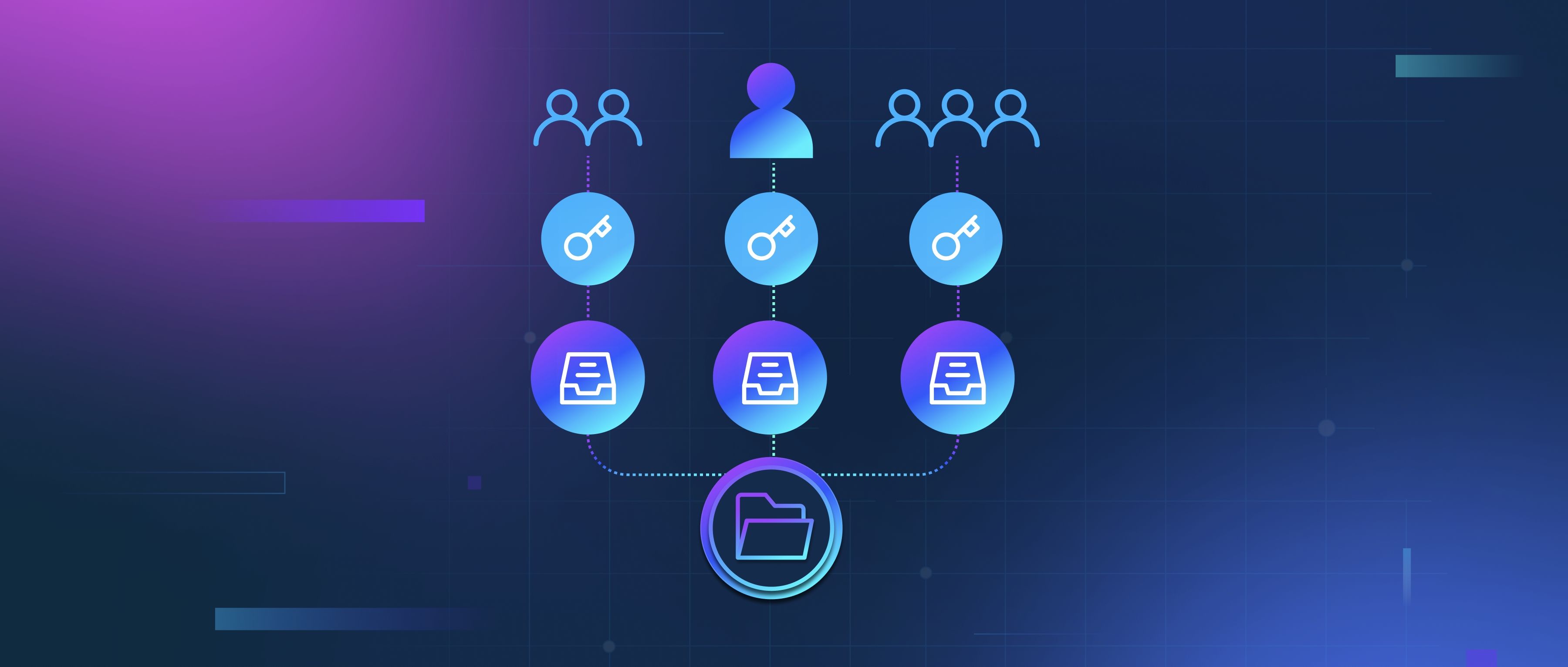To efficiently handle large amounts of data in OpenAI API calls, one of the best approaches is to implement batching. Batching involves sending multiple smaller requests in a single API call rather than making individual requests for each piece of data. By grouping requests, you can reduce the overall number of API calls and decrease the overhead associated with each call. For instance, if you have a list of user queries, you can batch them into a single request, allowing the API to process them all together and return the responses in one go. This not only saves time but also optimizes your usage limits by minimizing the number of requests made.
Another important strategy is to paginate your requests when dealing with a large dataset. Instead of trying to pull all data at once, you should organize the data in a way that allows you to fetch it in manageable chunks. For example, if you have a dataset with thousands of records, you could retrieve 100 records at a time, process them, then move on to the next set. This approach not only helps in managing memory usage but also allows your application to remain responsive by processing data incrementally rather than freezing while waiting for a massive dataset to load.
Lastly, consider using compression techniques to reduce the volume of data being sent to the API. If your data includes text or JSON, you can use algorithms like GZIP to compress the data before sending it. This can significantly decrease the size of the requests, leading to faster transmission times. However, keep in mind that you will need to handle decompression on the receiving end. Combining these methods—batching requests, paginating data, and utilizing compression—will help you manage large data volumes effectively when calling the OpenAI API.
